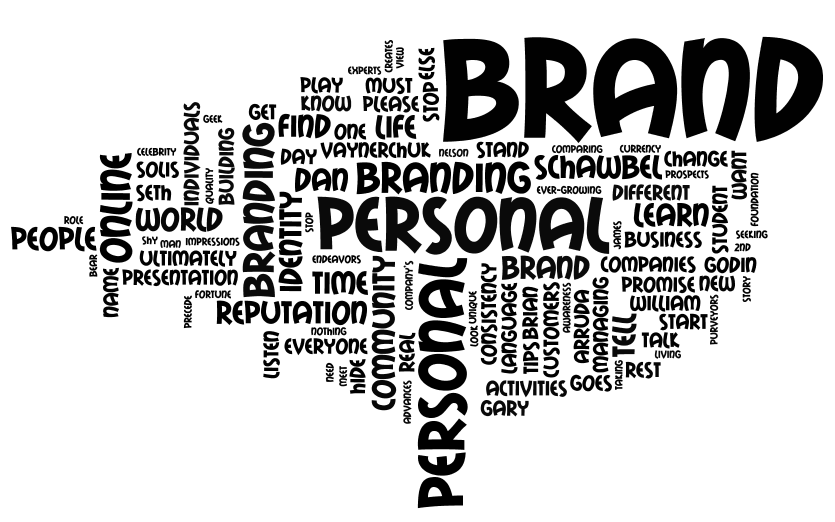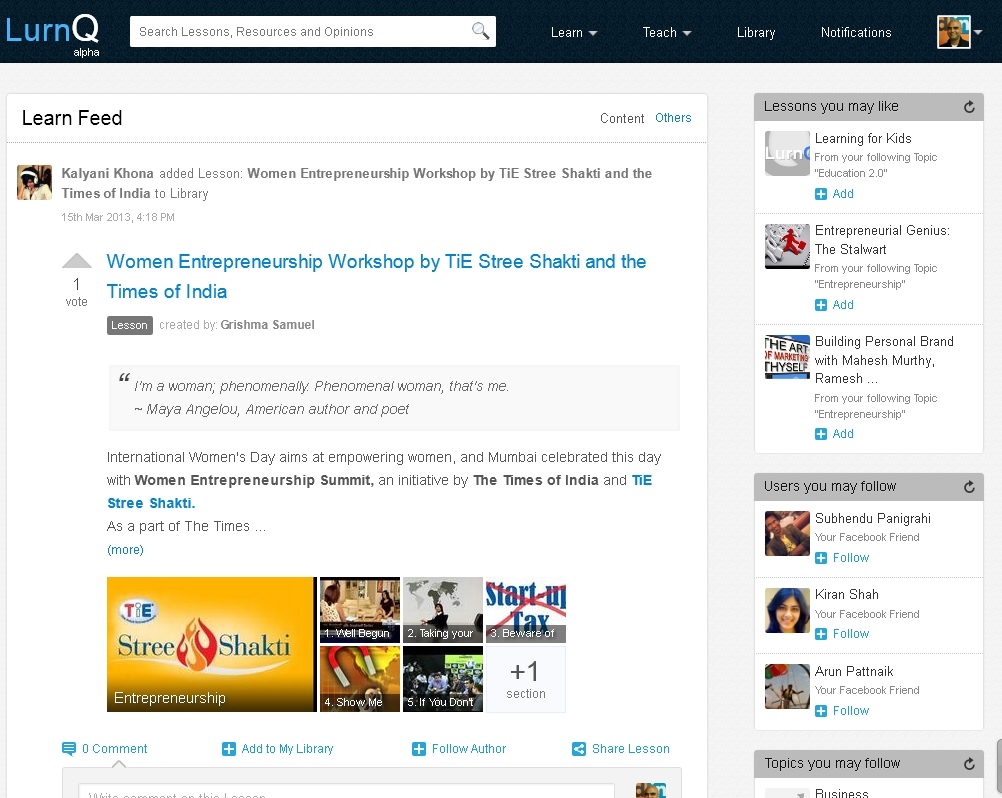In the corporate world there are no certainties. There is never a “sure thing”, even the best businesses fail due to circumstances beyond their control. However, there is one thing that you can control: your brand.
Let us face it. Whether we like it or not, we are constantly selling. Whether it is our agenda as a design guru, a resume, a position, even a restaurant we want to go to, we are always trying to convince others to do something that aligns with our agenda.
Great leaders do this effortlessly while others struggle. I confess, this is an area I have struggled with. Mostly because, as people who know me will tell you, I have been known to be blunt to the point of being obnoxious at times. Let me tell you, it doesn’t work, especially when you have a team to motivate. I have had to change. I have had to soften my pitch and listen more.
There have been many lessons along the way but the following have been critical for me establishing myself as somebody who can be trusted. Here goes:
Mean what you say, say what you mean – Too often we are tempted to say things to mollify the other party even if we don’t mean what we say. I can think of many silver tongued individuals who always say the right things, whether they mean them or not. This is a mistake. You don’t have to be a jerk but having clarity of communication and commitment establishes you as a person of integrity and people like doing business with people like that.
Keep your commitments – Whether it is showing up for appointments on time or completing deliverables that you committed to, you have to do what you said you will if you want to be taken seriously. There is an individual who comes to mind, who always talked big, but never delivered on time. There was always an excuse. The behavior had a direct impact on this person’s relations with his colleagues and customers and had an adverse impact on the revenue he was able to bring in to the company.
A favor is a debt – Our network defines us. It is what makes us effective. New opportunities come from it. Be a net contributor to your network rather than a leech. Any favor you ask, should always hang over you as something you have to deliver on. As my old boss Rajesh Hukku said, “…always look for ways you can help your customer, not just in what you have to sell, but in every other way…”. Perhaps their kid is looking for math tutoring and another person in your network is a great tutor. Connecting the two of them, adds value to all three of you. Without doing too much, you would have positioned yourself favorably with your client, what you sell will need to have merit but the client is more likely to take you seriously if they feel you add value to their life.
Treat people well – People remember kindness and people remember jerks. Choose what you want to be remembered as.
Admit when you are wrong or when you don’t know – Just because you are in a leadership role, doesn’t mean that you are always right. In fact, you are probably often wrong. Don’t be afraid to admit when you are wrong or when you simply don’t know enough. It builds credibility. And a credible brand is something everyone wants to associate with.
Keep things in perspective – Salman Khan of Khan Academy said it best when talking about people being successful in their endeavors, I quote: “…(enjoy your successes) but keep them in perspective. Enjoy the successes. But when your ego starts feeling a little bit large, keep in mind the sun will supernova one day, the galaxies will collide. We are just these small little mammals on this small planet. There’s a hundred – two hundred million stars in our galaxy alone. So have peace in the little success(es) “
Agree. Disagree. Or have another viewpoint. Would love to hear your thoughts.





